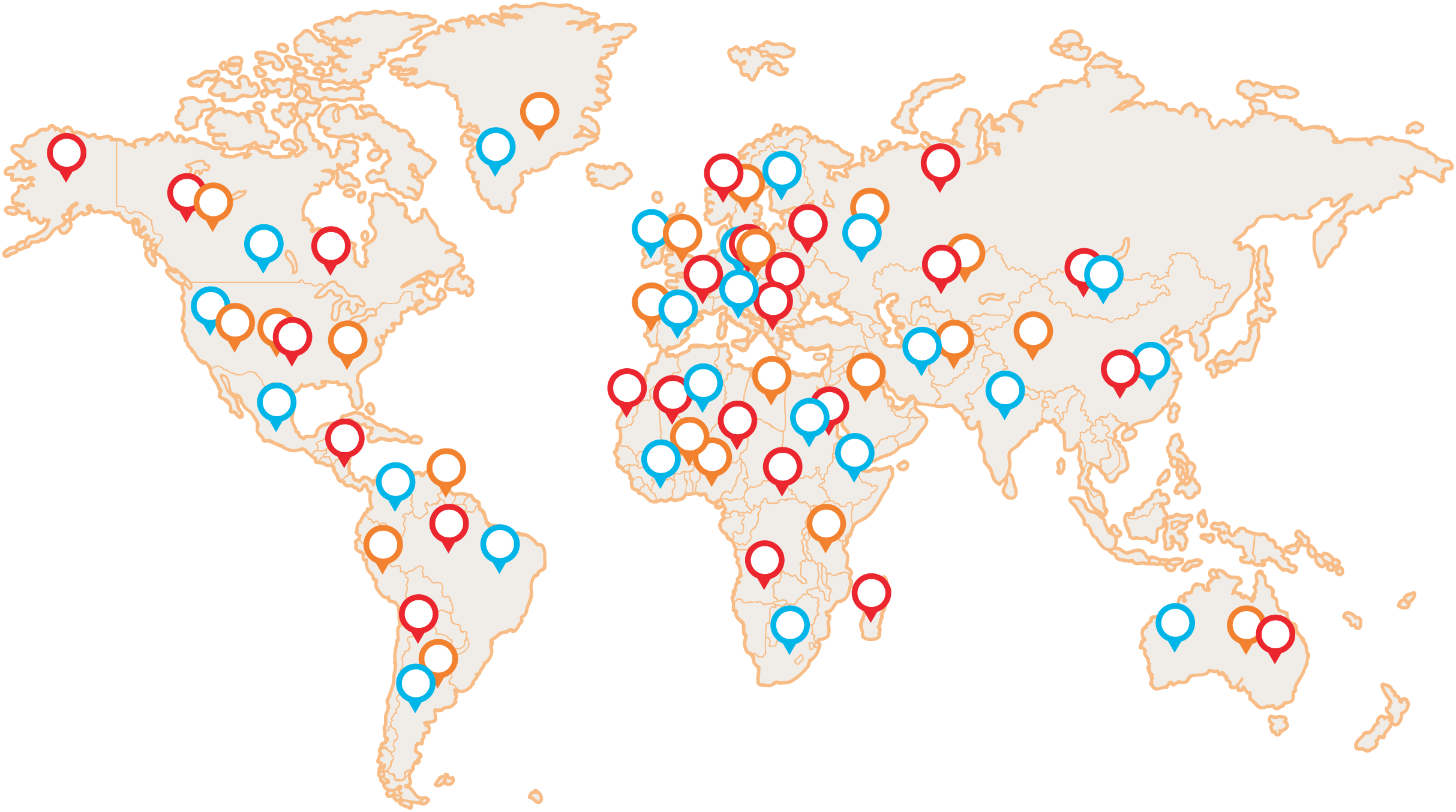Category:Breathing, acute infestation, hidden pathogen, oncology, detox, Lung system
Using the recipe according to traditional Chinese medicine:
-nourishes Yin Plic and supports Yin Kidney
-moistens the Lungs
-clears empty heat from Yin deficiency
-transforms phlegm
Indications:
-dry irritating cough, acute or chronic
-cough after febrile illness or in chronic diseases
-dry cough without mucus or with clinging, mucousy mucus
-smoker's cough from Yin deficiency
-cough after radiation in the face, neck and chest area
-coughing up mucus with veins of blood
-feeling of dryness or scratching in the throat
-hoarseness
-worsening of symptoms in a dry environment
-hotness of three or five hearts (chest + palms of hands, possibly also soles of feet)
-night sweats on the chest
-feeling of 'steaming' bones
-restlessness
Modern effects:
-cough
-chronic bronchitis
-pharyngitis
-asthma
-bronchiectasis
-pneumothorax
-pulmonary tuberculosis
-haemoptysis
-tumours of the lung
-cor pulmonale
-diabetes mellitus
Description:
Bai He Gu Jin Tang is a formula that has been used very successfully to nourish the Yin Lung when it is deficient, possibly with symptoms of empty heat/fire, which will manifest as a dry cough with no or little mucus, which may have veins of blood in it (when the fire of emptiness "burns" the luo-clutch). The mixture also simultaneously supports the root of the Yin lice in the body - Yin Kidney. For this reason, it is the most famous recipe for the treatment of acute and chronic dry cough, historically it was also used very successfully for the treatment of tuberculosis (you will remember its Czech name "souchotě")... Today it is most often used for dry cough after a feverish illness, inflammation in the respiratory tract or in chronic diseases. It also has applications in smoking, which excessively heats and dries the lungs, similar to radiation in cancer treatment in the face, neck and chest area.
The lungs don't like dryness... they're said to be "afraid" of it. So to keep them functioning properly, we need to keep them adequately moisturized. Only then will their mucous membranes regenerate quickly, they will stop being irritated and the cough will stop. The herbs that primarily moisten and clear the empty heat are lily of the valley (after which the mixture is named in the original), untreated rehmannia and ofiopogon. Yarrow and cress also moisten, clear the heat and transform the mucus. Modified rehmannia, angelica and peony replenish blood and Yin. Platycodon directs the action of the mixture into the chest, relaxes the Lungs, restores their dispersing function, transforms the phlegm and also benefits the throat, similar to Licorice. It is this complexity that makes the mixture so effective for dry irritating coughs.
Language:
-red (especially the front 1/3 of it)
-without or with a small amount of dry coating
-may be cracked or have some dry patches
Pulse:
-Xi
-Ru, event. Shu (fine, fuzzy, possibly fast)
Contraindications:
-mixture is not intended for patients with productive coughs with large amounts of mucus
-caution must be used by patients with Spleen deficiency, i.e. weak digestion manifested by mushy stools, bloating and abdominal pain, etc., as the mixture contains large amounts of herbs that are harder to digest
Notes:
Caution, the mixture is not intended for dry irritating cough in the early stages of the disease, when the organism is dominated by the noxious matter, i.e. excess and not deficiency. For acute dry pest infestation we have other formulas containing herbs to control the external pathogen - this blend does not contain them.
Recipe ingredients:
|
Edit by
|
Chinese
|
Czech
|
Latin
|
|
|
Bai He
|
Brown's lily, onion
|
Bulb. lilii brownii
|
|
Sheng
|
Di Huang
|
rehmannia sticky, untreated root
|
Rad. rehmaniae preparata
|
|
Shu
|
Di Huang
|
Rhumania sticky, prepared root
|
Rad. rehmaniae preparata
|
|
|
Mai Men Dong
|
ofiopogon japonica, root
|
Rad. ophiopogonis
|
|
|
Xuan Shen
|
Japanese knotweed, root
|
Rad. scrophulariae ningpoensis
|
|
|
Chuan Bei Mu
|
Thunberg's yarrow - onion
|
Bulb. fritillariae cirrhosae
|
|
|
Jie Geng
|
Platycodon major, root
|
Rad. platycodi
|
|
|
Dang Gui
|
Chinese angelica, root
|
Rad. angelicae sinensis
|
|
Sheng
|
Bai Shao
|
Milkweed, root
|
Rad. paeoniae alba
|
|
Zhi
|
Gan Cao
|
Licorice, root
|
Rad. glycyrrhizae
|
 Vital mushrooms PRO (17)
Vital mushrooms PRO (17) MyTao Edition (14)
MyTao Edition (14) Vital Mushroom Extracts (25)
Vital Mushroom Extracts (25) Combination of mushrooms and herbs (18)
Combination of mushrooms and herbs (18) Traditional recipes (5)
Traditional recipes (5) BIO vital mushrooms powder (9)
BIO vital mushrooms powder (9) Syrups (12)
Syrups (12) Dried vital mushrooms (6)
Dried vital mushrooms (6) Honey products (5)
Honey products (5) Vitamins (4)
Vitamins (4) BIO green food (2)
BIO green food (2) Other (3)
Other (3)

